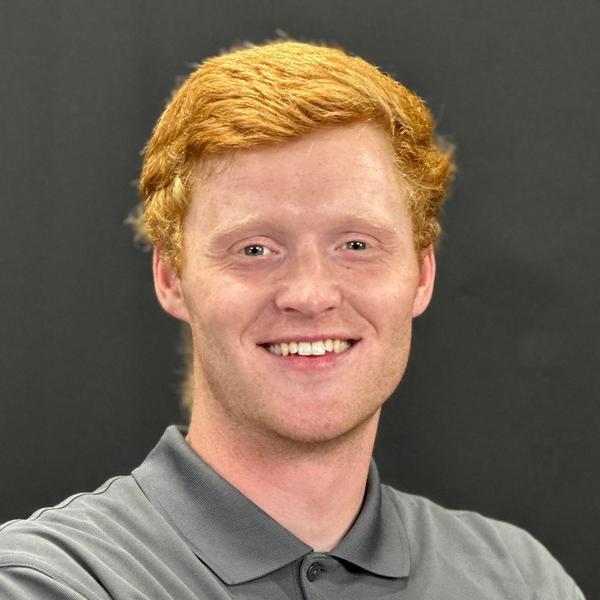This project was part of a Capstone experience during my senior year at BYU. It required significant effort beyond regular class requirements.
The University Rover Challenge (URC) is an annual competition hosted by the Mars Society in Hanksville, Utah, USA. Each year, teams from around the world build rovers to compete in 4 different tasks: Equipment Servicing, Extreme Retrieval and Delivery, Science, and Autonomous Navigation.
I had the opportunity to compete in 2024, a year which had 102 teams from 15 countries around the world also participate. In order to qualify to attend the final competition, a video submission demonstrating the capabilities of the rover was required. See our system acceptance review video submission below.
We scored 3rd place overall at the competition, out of 38 teams from around the world that passed the system acceptance review.
My specific contributions
My main task was the Autonomous Navigation mission. This task requires the rover to autonomously navigate to GPS waypoints, ArUco markers, and to find a water bottle and hammer in the arena within 45 minutes.
My main contribution to the Autonomy task was integration and reliability testing. The rover that we inherited from the previous year already had GPS waypoint and ArUco capability, so reliability and robustness was a key focus.
Over the course of the year, I and two other students operated the rover multiple times per week, testing the code, finding and fixing bugs, integrating new features from other students, and ensuring that we could robustly operate the rover when competition time came.
This understanding of our rover was a key reason why we scored well in the competition. Several times during each task things went wrong, but many times we were able to fix or work around the issues, because we had spent the effort to understand our system, its capabilities, limits, quirks, and features. I learned that building reliable and robust systems requires a significant amount of integration testing. Developing systems that are safe and robust to real-world uncertainty is not trivial nor easy–especially when they are autonomous.
Since the BYU team is composed of senior engineering students, it is almost completely replaced each year. This means that while the rover is an amazing piece of hardware that is transferred from year to year, the expertise and knowledge about the rover and how to operate it must be learned afresh each year. This makes practicing effective documentation and communication skills essential. I was part of a small committee that created the infrastructure to record and pass our knowledge to future years.
Task Descriptions
The URC website has very detailed information on each task. A brief overview of each task for the 2024 URC is below.
The SAR video (linked above) also shows our rover completing each of these tasks in mock competitions prior to URC 2024.
Autonomy
Autonomous navigation requires the rover to autonomously navigate to 2 GPS waypoints, 3 ArUco markers, and to find a hammer and a water bottle in the desert. Operators were allowed to enter in coordinates when stopped at any of the 7 legs, but were not allowed to enter any information while the rover was navigating. This required our rover to maintain a state estimate of its location (using an unscented Kalman filter, UKF), use high precision (RTK) GPS, and accurate heading information.
We used a ZED camera, which gave us magnetometer information as well as a visual-inertial odometry (VIO) solution, which we fed into our UKF.
We reached both GPS locations and the first two ArUco markers before we broke 2 wheels on the rough terrain, scoring 56 out of 100 points for this task.
Equipment Servicing
The equipment servicing task requires the rover to perform high-dexterity tasks like typing on a keyboard, screwing a hex key, picking up a 5kg weight and placing it in a drawer, flipping switches, adjusting levers, and removing a USB stick and reinserting it in a different slot.
This is all done via operator control, but the operators are not allowed to see the rover. Instead, they must operate the rover through video feeds on the rover. This requires excellent situational awareness.
This year, our team improved this task by upgrading our cameras for better situational awareness. Extensive testing and practice helped, and we scored 95 out of 100 points on this task.
Science
The science mission involves doing various scientific tasks with the rover, like taking stratographic photos of interesting areas, finding places to collect soil samples, etc.
In this challenge the rover’s arm is replaced with the science module. The science module is required to drill in to the soil to a depth of 10 cm, collect soil at the 10 cm depth, run it through tests to detect any life. The science team this year used a flavin adenine nucleotide (FAD) detector to detect life.
The most important part of the science mission is a presentation of the scientific data collected during the mission to the mission judges, many of whom are astrobiology or Martian experts.
Extreme Delivery and Retrieval
The extreme delivery and retrieval (ER&D) task tests the robustness and situational awareness of the rover unlike the other challenges. In this challenge, we had to operate the rover up to a kilometer away, including out of line of sight of our radio antennas.
The challenge requires the rover to do things like find a rock of a specific type in a rock garden, open a sample cache and place the rock inside the sample cache (then close the sample cache), find spacecraft wreckage parts (PVC pipe) and deliver it to a model astronaut. This year, an additional task was to find a tag on the side of a ridge using a drone. Note that all these tasks are done via teleoperation, meaning the operators cannot visually see the rover, but instead rely on camera and other sensor feed.
Please reach out with any questions!
